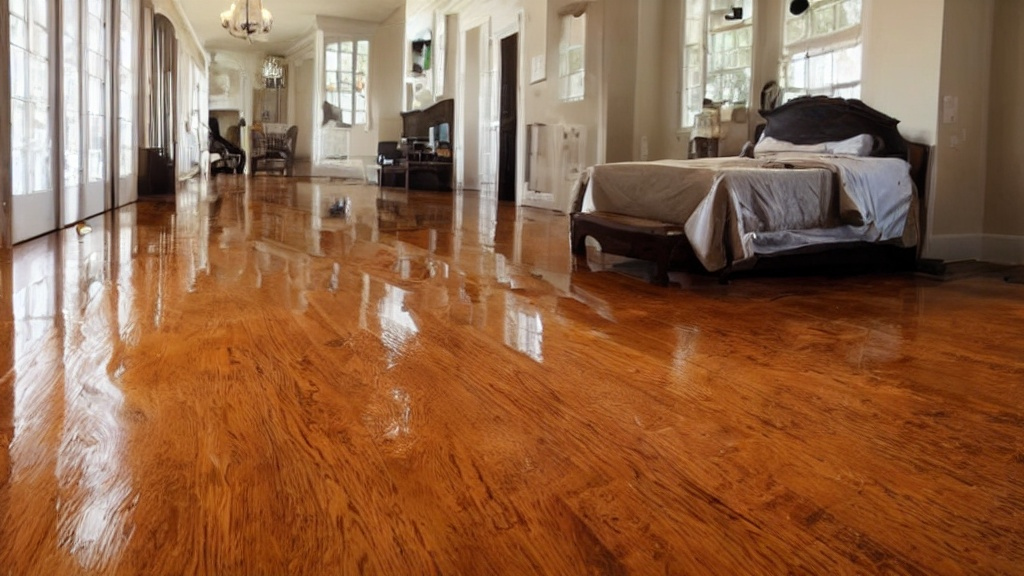Flooding can be a devastating experience for homeowners, especially when it impacts your carpets and rugs. Properly addressing carpet flooding clean up is crucial to prevent further damage and ensure a safe living environment. This guide provides a comprehensive approach to handling flood-damaged carpets, including when to discard, clean, or call a professional, and detailed cleaning methods.
Understanding the Source of Flooding
The first step in carpet flooding clean up is identifying the source of the water. Clean water from rain or a burst pipe is less hazardous and often allows for carpet salvage. However, contaminated water from sewage backups poses significant health risks, making disposal the safest option.
When to Discard, Clean, or Call a Professional
Discarding Flood-Damaged Carpets
- Contaminated Water: Carpets soaked with sewage-contaminated water must be discarded. The water likely contains harmful organisms, and the health risks outweigh the benefits of attempting to clean.
- Foam Backing: Wall-to-wall carpeting, large area rugs, and any rug with foam backing exposed to contaminated water should be discarded.
Cleaning Flood-Damaged Carpets
- Clean Rainwater: Carpets soaked by clean rainwater can often be salvaged. Professional cleaning is recommended, but DIY methods can also be effective.
- Throw Rugs: Smaller rugs usually can be cleaned in a washing machine, even if they were exposed to clean rainwater.
Professional Help
- Valuable Rugs: For valuable or antique rugs, professional cleaning services are advisable, especially if they were exposed to contaminated water. These services can ensure a thorough clean while preserving the rug’s integrity.
Also Read: Water Damage Restoration in Tampa, FL
Steps for Cleaning Rain-Soaked Carpets
Indoor Cleaning in Summer
Cleaning basement carpets indoors during summer is not ideal due to the added humidity. If the carpet is installed with tack strips, consider removing it for cleaning and reinstalling it later. Carpet padding should be replaced as it is nearly impossible to clean.
Drying the Carpet
- Wet/Dry Vacuum: Use a wet/dry vacuum to remove as much water as possible.
- Dehumidifier: Employ a dehumidifier to reduce moisture in the air. Keep windows closed to maximize efficiency.
Shampooing and Drying
- Initial Drying: Ensure the carpet is thoroughly dry before proceeding. This step minimizes the risk of mildew growth.
- Shampooing: Shampoo the carpet and allow it to dry completely.
- Vacuuming: Vacuum the carpet to remove any remaining dirt or debris.
Dealing with Musty Smells
- Baking Soda Treatment: Sprinkle baking soda over the carpet and work it in with a broom or sponge mop.
- Overnight Absorption: Leave the baking soda on the carpet overnight to absorb odors.
- Vacuum Thoroughly: Vacuum the baking soda out of the carpet, moving in different directions to ensure thorough removal.
The Best Way to Clean Up After a Flood
Safety First
Before starting the clean-up process, ensure your home is safe to enter. Look for loose power cables, damaged gas lines, and structural issues. Use a flashlight instead of candles to avoid potential fire hazards.
Quick Action to Prevent Mold
Mold can start growing within 48 hours. Open windows, use fans, and dehumidifiers to keep air circulating and start drying water-logged items immediately.
Salvaging and Cleaning Carpeting
Removable Carpets and Rugs
- Professional Cleaning: It’s best to send removable carpets and area rugs for professional cleaning.
- Partial Wetting: If only a section of your carpet got wet, use a wet-dry vacuum and call professional cleaners, or clean it using an extraction cleaner.
Installed Carpeting
- Dry the Area: Thoroughly dry the carpet and the padding underneath. Replace the padding if necessary to prevent mold growth.
- Disinfect: After cleaning and drying, spray the carpet with a disinfectant like Lysol.
Cleaning and Handling Flood-Damaged Furniture
Solid Wood Furniture
- Outdoor Cleaning: Take furniture outside, remove drawers and doors, and clean them with mild soap and water. Rinse with clear water and dry out of direct sunlight.
- Professional Refinishing: Badly damaged furniture may require professional refinishing.
Upholstered Furniture and Mattresses
- Professional Cleaning: Upholstered furniture should be professionally cleaned. Discard flood-damaged mattresses as they cannot be adequately sanitized.

Inspecting and Handling Appliances
Small Appliances
- Check for Damage: Inspect cords for fraying or exposed wires. Replace any damaged items.
Large Appliances
- Professional Inspection: Call a service company to check the safety of connections and components before using large appliances like refrigerators and washers.
Dealing with Food and Clothing
Food Safety
- Discard Perishables: Throw away perishables like meat and dairy if you’ve been away from home for more than four hours.
- Save Condiments: Condiments can usually be saved.
Cleaning Clothing
- Initial Wash: Use a prewash spray and wash in cool water with powdered detergent.
- Second Wash: Re-launder in the hottest water safe for the fabric with chlorine or all-fabric bleach. Air dry until stains are confirmed removed.
Preventing Carbon Monoxide Poisoning
Never use charcoal grills or camp stoves indoors, as they produce lethal levels of carbon monoxide. The same goes for portable generators.
Documenting the Damage
For insurance claims, take clear pictures and detailed notes of all the damage. This documentation will be crucial for your claim process.
Also Read: Navigating the Flood: A Guide to San Diego Water Damage Restoration
Conclusion
Proper carpet flooding clean up is essential for maintaining a safe and healthy home environment. Understanding when to clean, discard, or call a professional can save time and reduce health risks. By following the detailed steps outlined in this guide, you can effectively manage and mitigate the impact of carpet flooding.










